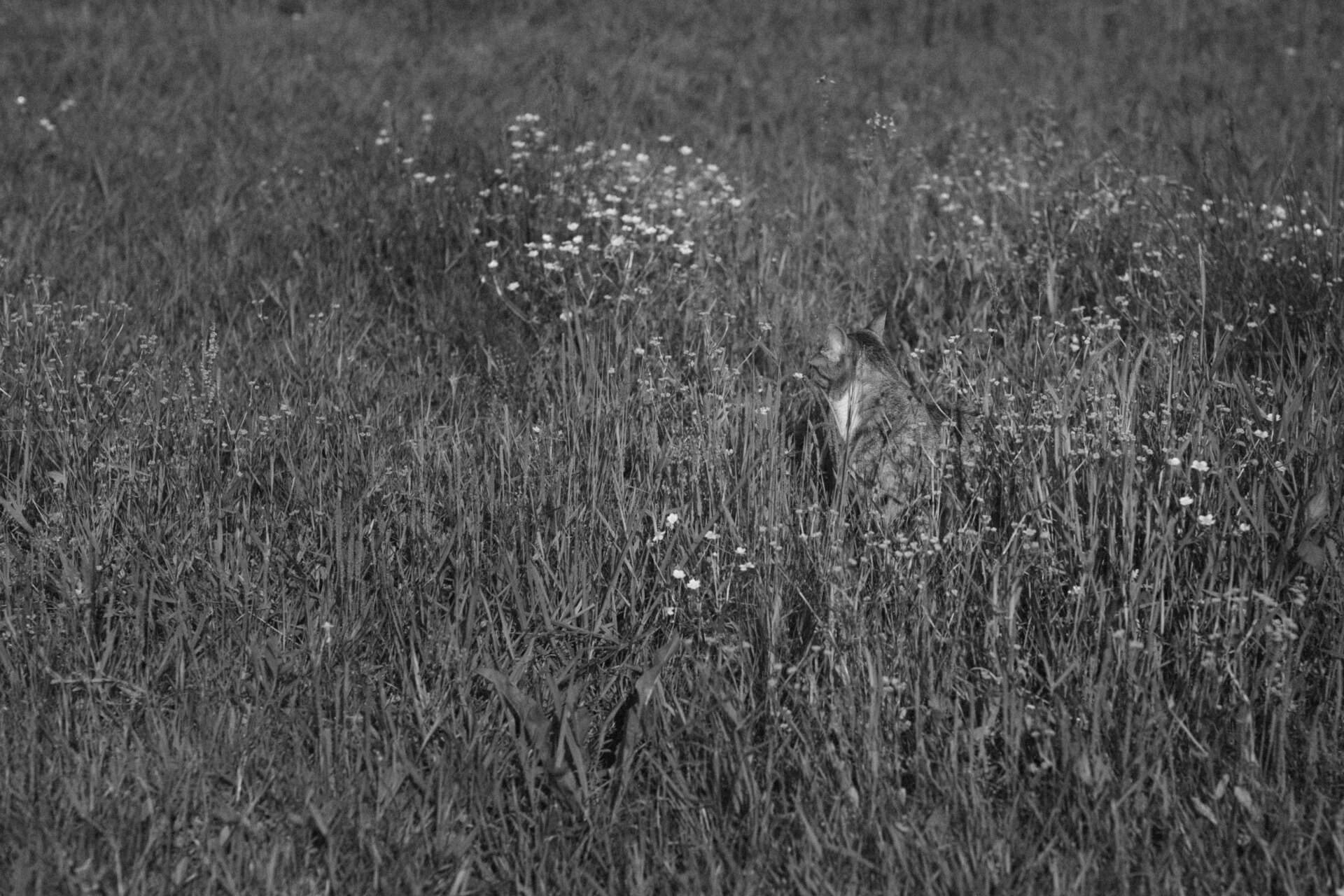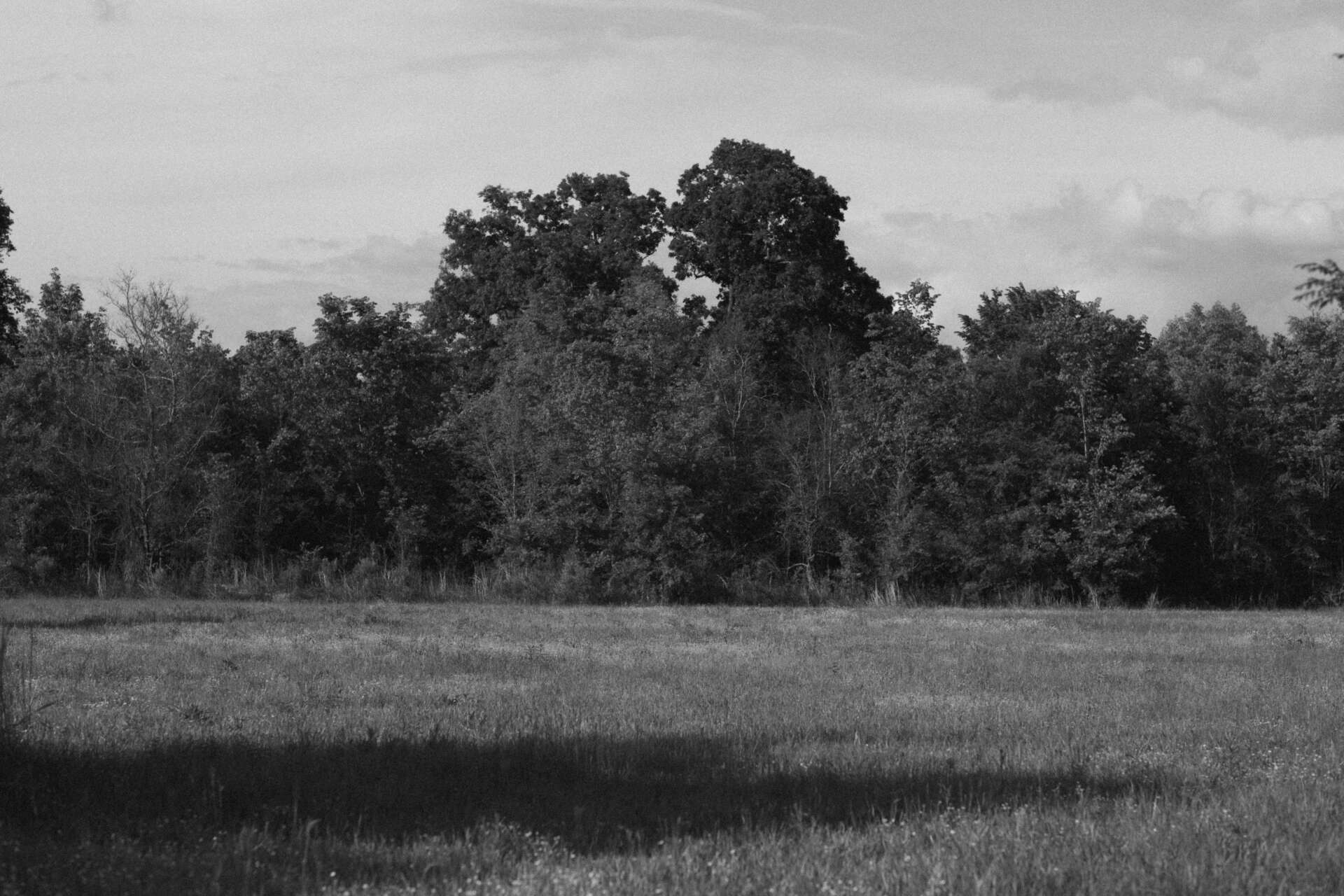We’re excited to introduce you to the always interesting and insightful Tamrin Ingram. We hope you’ll enjoy our conversation with Tamrin below.
Hi Tamrin, thanks for joining us today. Let’s start with education – we’d love to hear your thoughts about how we can better prepare students for a more fulfilling life and career.
I’m going into my 7th year as an educator. I started out teaching adjunct photography courses at the University of Arizona, once the pandemic began I moved back home to rural Louisiana and taught 4th and 7th grade ELA for a year, then I taught two years of high school english and photoshop, and now I’m teaching the high school equivalency exam class at a small community college, as well as adjuncting an intro to visual arts course at another community college… that being said I am no expert when it comes to education, but I do have more than a few opinions. I teach in one of the poorest areas in our country. Teachers make $2,000 (or less) a month, we are micromanaged, and our responsibilities and expectations are piling up. We have no freedom in the classroom. I say all of this not to simply whine about the responsibilities of teachers but to stress one very specific point – teachers are the heart and soul of the classroom. We set the tone in the classroom which transfers to the tone of the school as a whole. Every year I hear students complain about how much they hate school, how they feel like school is punishment (a complaint that I’m sure students have made for many, many years) but to be honest? Kids today are right, school does feel like a punishment now. We see videos about teacher burnout all over the internet but no one talks about how teacher burnout is affecting the students. When teachers are micromanaged, underpaid, and feel like they are walking on eggshells at work, that tone transfers into the classroom, it transfers into their teaching methods, and it impacts their students ability to learn. If we want to improve education in this country we have to start with how we treat our teachers. We have to have transparency between our administrators and our educators. If we can ensure that our teachers feel valued then they will turn that feeling around and invest it directly into the hearts and minds of our students.


As always, we appreciate you sharing your insights and we’ve got a few more questions for you, but before we get to all of that can you take a minute to introduce yourself and give our readers some of your back background and context?
I’ve been writing short stories and poems ever since I learned how to write. The earliest thing I can remember writing was a poem about war and the events of 9/11 when I was in the second grade. I think I’ve been telling stories ever since then, first with written words and then, as I got older, with photographs. This compulsion for storytelling and picture taking eventually led me to art school (CCAD, located in Columbus, Ohio) which then led me to graduate school (U of A, located in Tucson, Arizona) which eventually led to me graduating with my masters right at the beginning of the COVID 19 quarantine. Over the last 6 or 7 years my work has been centered around exploring generational memory, familial trauma, and the environmental impact of pollution throughout the Cotton Belt. I combine photographs of the landscape, familial documents, and spoken/written words in order to process the plight of the rural south. Both my written and photographic work is steeped in myth and blends fiction with the realities of cancer, lack of access to healthcare, and poverty. One thing I want my followers to know is that if you look at my social media pages you’ll notice that I’ve been a little quiet there lately- this silence doesn’t indicate a lack of thinking, making, or doing. Pandemic life really disrupted my headspace in a way that I’m still pulling out of. In the last three years I’ve moved across the country, bounced around several different jobs trying to find the right fit, and become a mother. All of these things have impacted my practice, but I’ve had a few gallery shows, finished putting together my first book (which I am currently looking to get published), and I’ve written a lot of new stuff. A lot of times creatives have this crippling pressure to constantly be in the “production” phase, but it’s important to know that sometimes we’re in the gathering phase, the reset phase, the research phase, or even the currently living my life outside of the pressure to be continuously making” phase, and that’s okay!!!


For you, what’s the most rewarding aspect of being a creative?
The most rewarding parts of being a creative is when a non-artist, someone who doesn’t know anything about the art world or the creative industry, has an “a-ha!” or a “me too!” moment when interacting with your work. Those moments where they connect with something you’ve said or made and you can tell that it really stirred something within them. I love making art for other artists and creatives, but I feel like I’ve done something really good when someone outside of the art world connects with something I’ve made.


Is there a particular goal or mission driving your creative journey?
This is something that nags the back of my mind very regularly, that existential crisis question of “But what does it all mean! what am I even doing?!”
For me, what it always comes back to is quite simple. I am living. I am doing my best to use my artistic practice to live as thoroughly and as intentionally as possible. I’m trying to create a safe haven for my family. I’m trying to feel the full range of emotions that life has to offer, to savor them, to explore them, and to share them with everyone around me.
Contact Info:
- Website: www.tamriningram.com
- Instagram: @rintamlee


